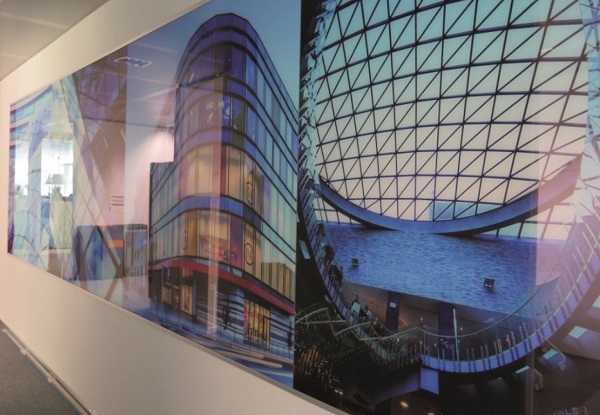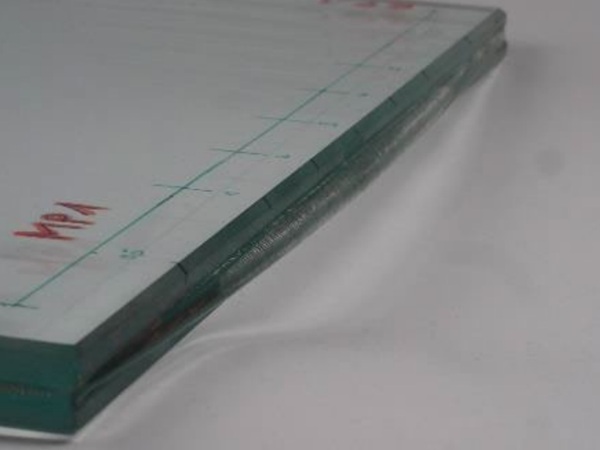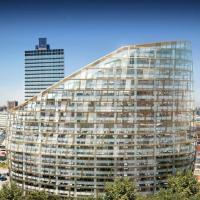For centuries, people used glass to simply fill ‘light holes’ in the outer walls of buildings. Today, it is a pivotal component in many buildings; a material that allows you to push the boundaries of architectural design still further, stretching the limits of our imagination to help create unique, visually striking, high performance designs.
Glass can form and shape a space, creating transparent architecture that can make you feel closer to the outside world. You can choose a coated glass for the façade of a building with the reflective properties you desire. From very to slightly reflective, or even one with a color that complements the building’s surroundings. Essentially, the shape and color of glass can be manipulated in so many ways.
Curved glass
Designing with glass doesn’t mean you have to design in straight lines. If you prefer corners and edges with soft curves, curved glass can help turn your ideas into reality.
For building envelopes, the glass (which can also be coated) can be curved using a thermal gravity process. Here the glass pane slowly descends into a bending mold of a specific shape. This means many options are possible, from concave and convex, to cylindrical and two-axis. If safety is important, the glass can also be laminated after the bending process.
Alternatively, the glass can be shaped using heat treatment – either through tempering or heat strengthening. To increase the final strength of the glass, it is then cooled down rapidly, immediately after the desired curvature has been achieved.

Printing on glass
By applying coatings to float glass, aesthetic and performance options can be expanded. Whether that’s a specific color, a color-neutral appearance, or a reflective, highly transparent glass design. Other techniques can be used to create your ideal design, such as etched, patterned and back-painted glass. Here, we’ll focus on some of the techniques used to print on glass.
Inks and ceramic paints (enamels) can be printed on glass. Enamels are printed and fired onto float glass. During the tempering process of the glass, the enamels melt and fuse permanently to the glass surface to form a colored ceramic layer. Techniques for printing on glass include:
Roller coating
Here the ceramic enamel is applied precisely and uniformly over areas such as spandrels and edge enameling.

Screen-printing
This involves preparing a mesh that creates ‘open’ (to be printed) and ‘closed’ (not to be printed) sections. The enamel is then pressed through the open parts of the mesh using a scraper. The ‘open’ sections form the motif or patterns to be printed.

Digital printing
This technique gives you greater design flexibility. It typically involves the use of a digital glass printer to apply ceramic enamel in the form of patterns or images onto the glass surface.

Color interlayers in laminated glass
A large palette of different color foils can also be combined to achieve any color you can imagine in laminated glass. Guardian Glass works with fabricators around the world that have this variety of ability.



































